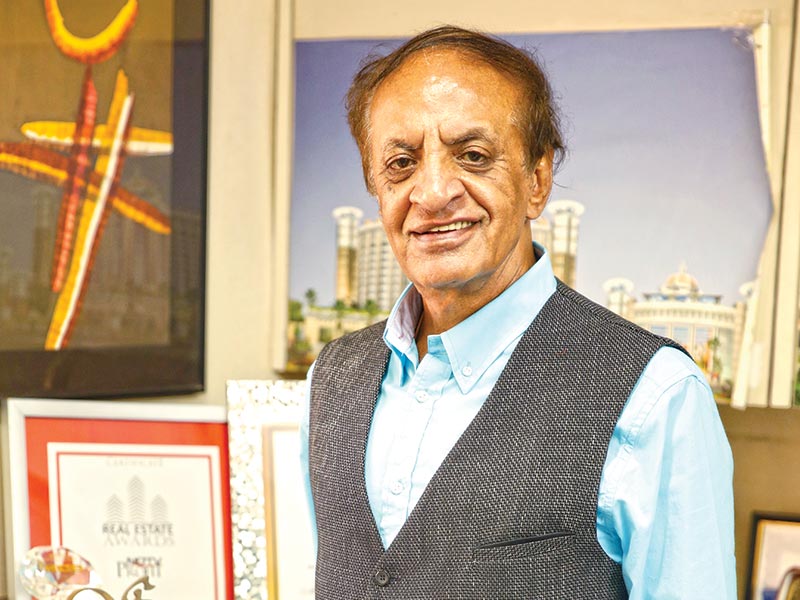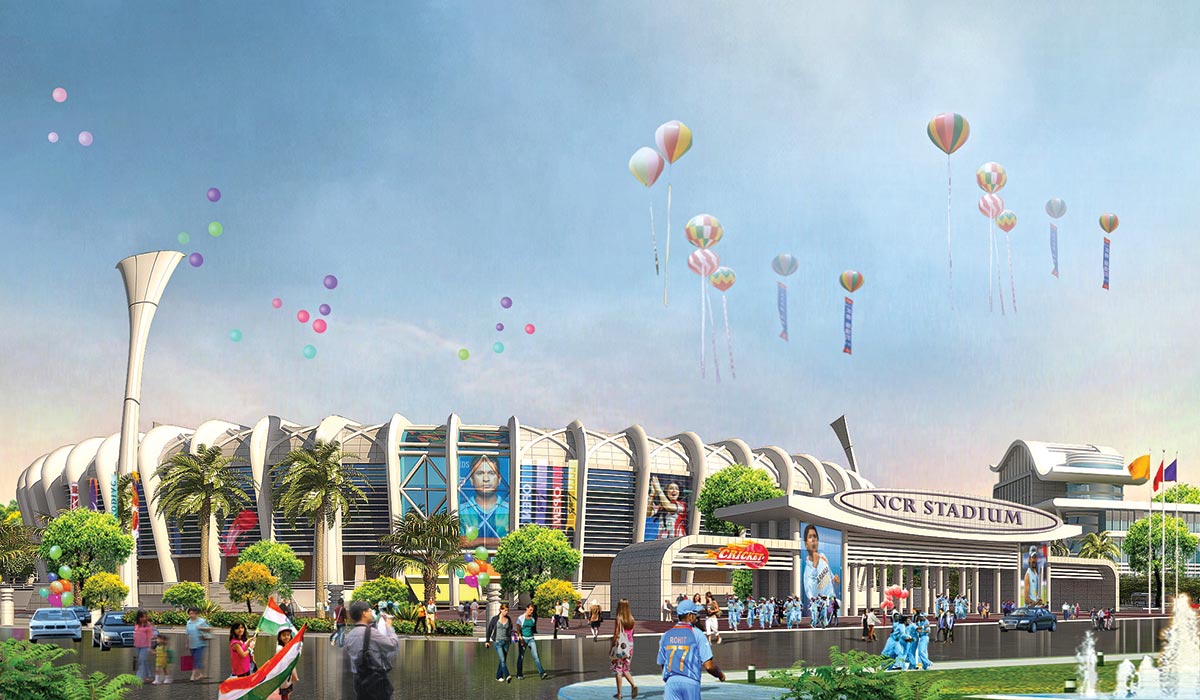
With the world getting smaller by the day, and a lot of International brands now available in India – the entire realty sector has and is evolving with a lot of international influence. Architecturally, the standardization has improved, quality of designs w.r.t. not only planning but even façade, services and systems have got a boost. Similarly, the methods of construction, use of materials, etc., have changed for the better, with quality and faster development; and with access to the international market in terms of concepts and materials, the designs too have evolved in a positive direction.
Especially in India, in the last 10 years, building designs have not only evolved w.r.t., the international trends & standards, but one must also accept that they are much more ergonomic in design. Safety & security systems are now part of each building design, be it the entrance boom bollards, the metal detectors, CCTV monitoring of public spaces, or the emergency evacuation plans. These are major influences that have occurred globally due to the current world scenario.
Technology and software tools have brought better accuracy, better coordination and a high level of finesse in design representation.
It all starts from the heart and the brains and then materialized by the hand. The good old hand that used to make sketches on paper with pencil & pen, today, has got extra tools to express itself. This has brought better accuracy, better coordination and a high level of finesse in design representation. However, all this is possible only if one can create well with ones’ heart and mind. BIM software has enabled a lot of pre-visualization of how the systems, services & the building shall interact and/or behave once put together. This enables better accuracy to pre-plan things, but again, their implementation is left to human hands – the skill of the workmen.
 PNA Stadium
PNA StadiumThe Green Revolution has further evolved basic materials like red brick and bamboo.
Most buildings since many decades, and even today, have been using a lot of bricks for masonry, timber for doors frames and furniture, bamboo for construction, and so on. It is agreed that steel and glass along with composite materials have brought in new trends and enable different ideas, however, simple brick and mortar are here to stay for a long while. At the same time, what has happened is that the Green Revolution has evolved these basic materials from red bricks to fly ash bricks, regular timber to FSC certified timber, composite bamboo products, and so on.
Prefab construction techniques are the future of construction in India.
Techniques like PEB, Pre-cast & Drywall have been in India since quite a while now, but it is only now that these techniques have evolved with better use. This is because the issues related to pre and post construction have been now mitigated; and the need for faster and economic development has further promoted use of such techniques. So, one can say that these are the future of construction. Architecture and design of building doesn’t majorly get impacted in-terms of any rigidity being faced, in fact, these techniques have given a more free hand to architects to design better in terms of aesthetics, finish (read workmanship) and strength.
With the ‘correction’ going on in the real estate market, only those who can provide good quality and service will survive.
The construction industry is ever evolving with new technology and techniques being developed and being made available every now and then. However, the current (so called) challenge that one faces is the ‘correction’ that the real estate market is going through. Now, only the tough (in terms of quality and service) will survive. Again, despite the introduction of RERA for a more positive working with commitment to quality, timeliness, etc, it is not being done by project promoters. This will take a few more years, by when a ‘positive ripple effect’ will materialize in consumers.















